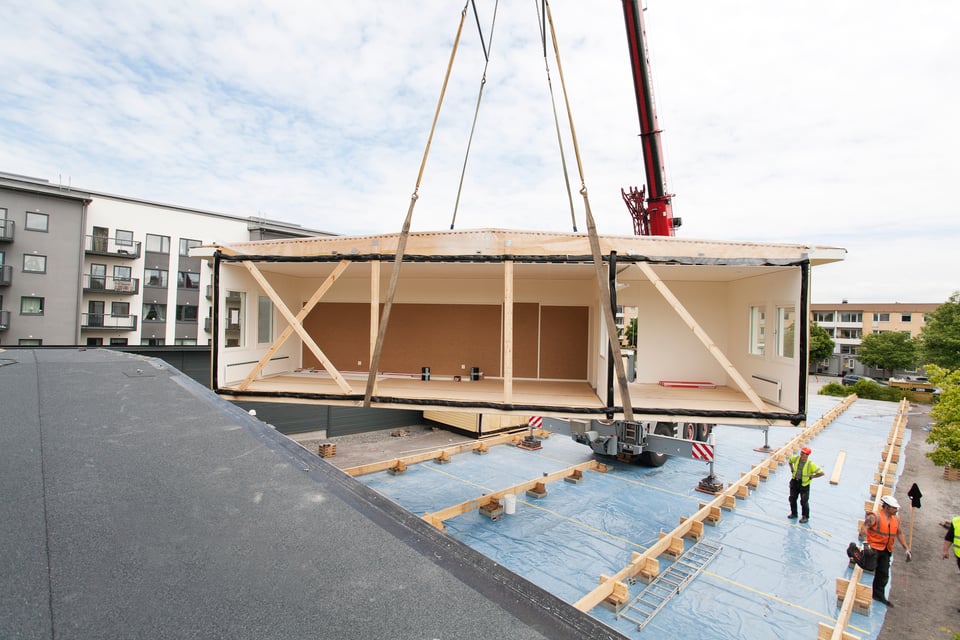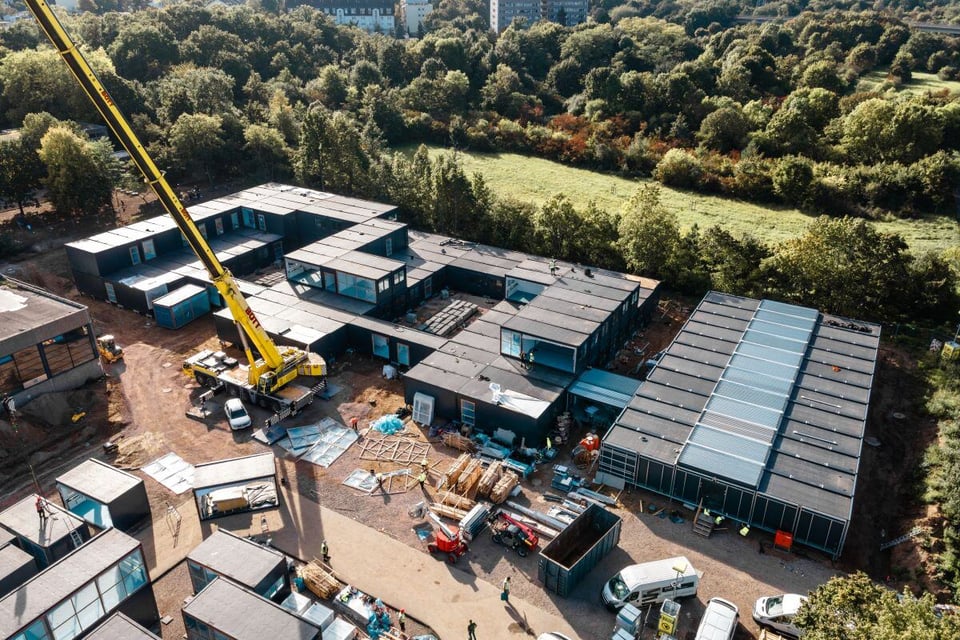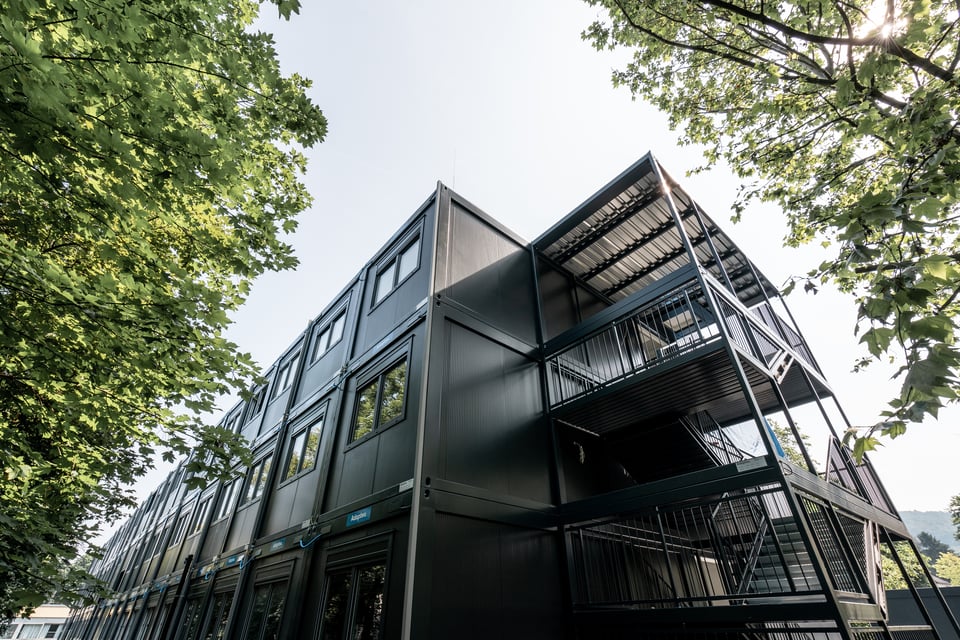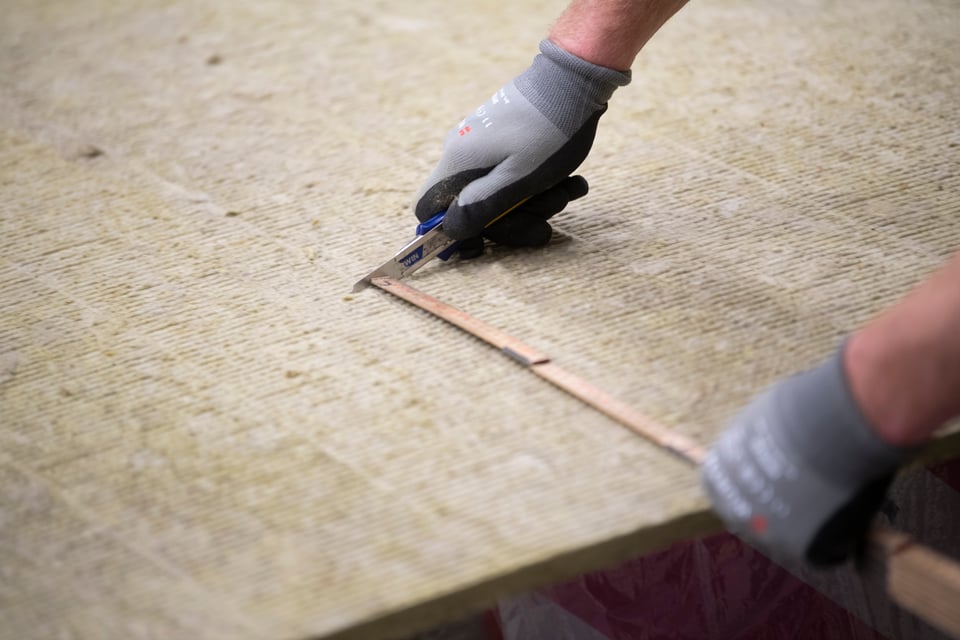

Space as a Service
A future that is Smart, Circular, and Scalable
The way societies build and use space is shifting. With urbanization, demographic changes, and sustainability regulations shaping infrastructure decisions, the demand for flexible, scalable, and resource-efficient buildings has never been greater.
Adapteo’s Space as a Service model is designed for this evolving landscape. Rather than fixed assets, our modular, adaptable buildings as a rental service, ensure that public and private sector clients can scale up, scale down, relocate, or reconfigure spaces based on changing needs.
With 95% of Adapteo’s business coming from rental solutions, our business model is centered on long-term value creation, circularity, and operational resilience. We are uniquely positioned to address both market volatility and the growing regulatory push for low-carbon, resource-efficient construction.
We’re in the business of lasting impact
The majority of our operations rooted in circular solutions, we turn market volatility into opportunity and regulatory demands into competitive advantage.
Resilient, low-carbon, and built for the future—that’s how we create value.
Scalable infrastructure
Financial resilience
Socioeconomic impact

Low-carbon space solutions
The construction industry is one of the largest contributors to carbon emissions and resource depletion. Adapteo’s rental-based model extends the life cycle of buildings, offering:
- Reused modules with up to a 97%* lower carbon footprint than new permanent buildings.
- New modules with up to a 60%* lower carbon footprint compared to traditional buildings.
- A circular approach where buildings are systematically refurbished and repurposed instead of demolished.
As regulatory frameworks shift toward lifecycle emissions accounting and circularity requirements, Adapteo’s model provides an immediate and scalable solution for reducing Scope 3 emissions across industries.

Scalable infrastructure for dynamic demand
Public sector needs, particularly in education, healthcare, and workforce accommodation, fluctuate with demographics, policies, and economic cycles. Rigid, permanent infrastructure struggles to keep pace with these shifts.
Adapteo provides an alternative:
- Temporary school buildings during renovations or population shifts.
- Rapidly deployable healthcare and emergency response facilities.
- Worker accommodations that adjust to industrial projects and workforce mobility.
This agility reduces investment risk for municipalities, governments, and private clients while ensuring that infrastructure remains fit for purpose.

Financial and operational resilience
Unlike traditional construction, which requires high capital expenditure with long payback periods, Adapteo’s rental model generates steady cash flow and high asset utilization rates. This model offers:
- 95% of our business comes from rentals, meaning we’re not in the business of one-time sales—we’re in the business of recurring value.
- Our assets don’t sit idle—they’re repurposed and re-rented, keeping utilization high.
- This model hedges against market fluctuations, making it more adaptable than traditional real estate.
This approach mitigates the risks associated with real estate cycles while supporting sustainable growth in a changing market.

Socioeconomic impact
We create long-term value by supporting local economies, improving quality of life, and strengthening social infrastructure where it’s needed most.
The benefits of flexible space ripple out far beyond the buildings themselves:
- For end-users, our modular solutions reduce social and educational disruptions, shorten commutes, and create healthier, more adaptable environments.
- For municipalities and businesses, it means increased school capacity, avoided productivity or educational hours losses, and higher tax revenues from people relocating near work and education.
- For society and the planet, it translates to smarter urban planning, economic stimulus, and reduced carbon impact when using circular, refurbished modules instead of newly built carbon-heavy steel-based alternatives.
Our recent case studies show that Adapteo’s solutions drive measurable socioeconomic value, with net positive impacts ranging from €0.9M to €5.6M per project—not just in financial terms, but in stronger, more resilient communities.

A regulatory-ready solution
Policymakers are increasingly pushing for lower emissions, circularity, and more efficient land use. Adapteo’s model inherently aligns with these trends by:
- Reducing material use through a reuse-first approach.
- Offering flexible land use solutions without permanent environmental impact.
- Meeting EU and Nordic sustainability standards for public procurement and construction.
As regulations tighten across Europe, Adapteo is well-positioned to serve as a strategic partner for public and private sector clients looking for compliant, sustainable infrastructure solutions.